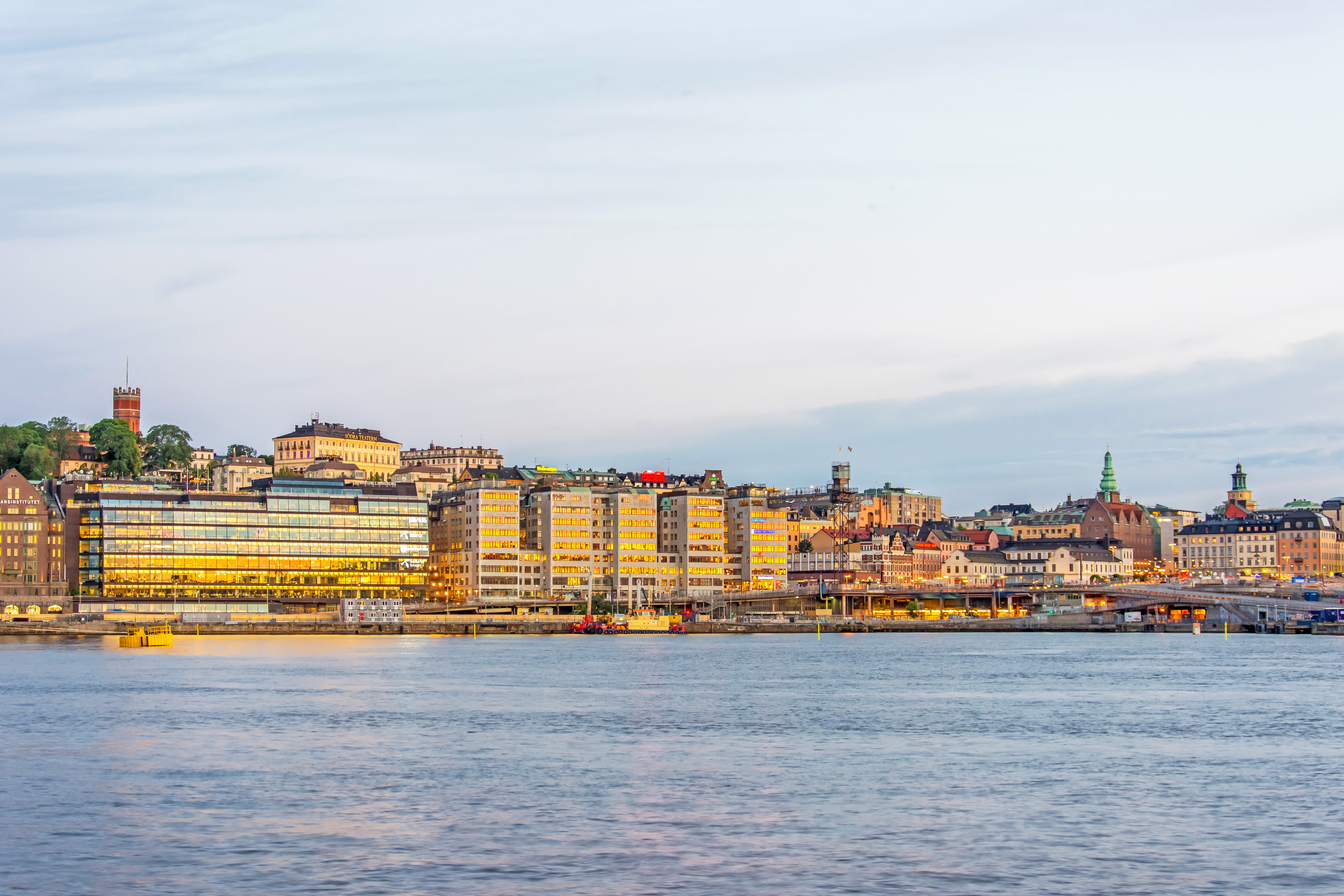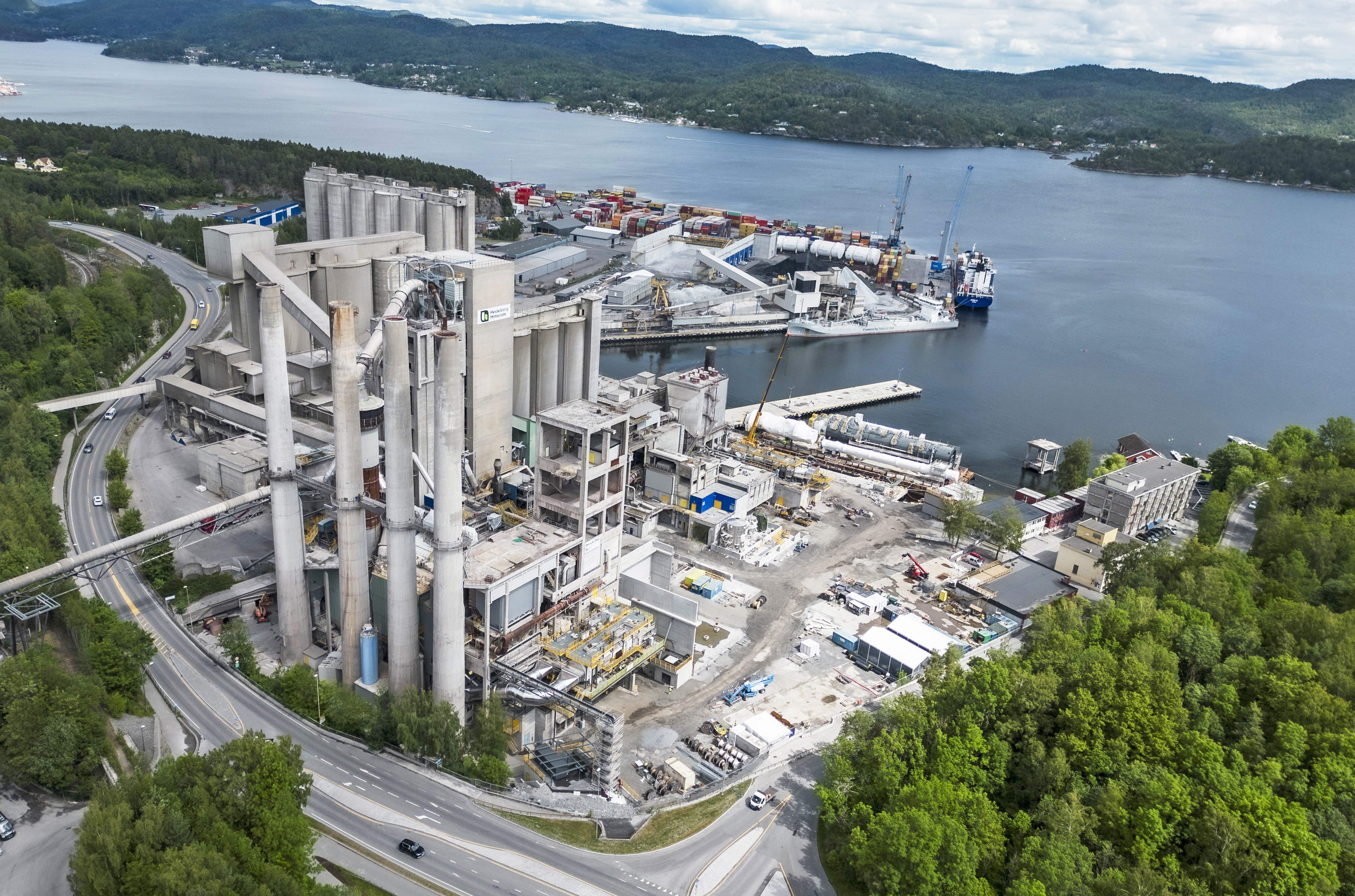Net-zero concrete from Heidelberg Materials targeted for the new Nobel Center
The construction of the new Nobel Center in Stockholm aims to be at the forefront of environmental and climate responsibility. For this lighthouse project, the Nobel Center project has now opted to use the world’s first carbon captured net-zero concrete, launched just recently by Heidelberg Materials under the brand evoZero.
The memorandum of understanding between both parties symbolizes an important link between science and the green industrial transformation.
"Science confirms again and again that the world is facing an acute climate and nature crisis,” says Vidar Helgesen, Executive Director of the Nobel Foundation. “Several Nobel Prizes have been awarded both for highlighting this threat and for innovations to mitigate it. When we build a new house for science, culture and dialogue in Stockholm, we want to act in keeping with science. The Nobel Center project is therefore seeking new solutions for material use and re-use in order to minimize climate impact.”
evoZero is a completely new and unique product in the global cement and concrete market, and the result of cutting-edge technology without compromising strength or performance, making it an attractive choice for the Nobel Center.
"Together with the Nobel Center project, we have the unique opportunity to combine the world of science and industrial transformation in an exciting way. I am convinced that the new Nobel Center will set a new standard for sustainable construction and pave the way for other forward-thinking players, says Giv Brantenberg, General Manager Heidelberg Materials Northern Europe.
Start of construction of the new Nobel Center is scheduled for 2027.
Concrete is a versatile and reliable building material for many structures that need to be durable and last over time. However, the production of cement, a key ingredient in concrete, causes considerable CO2 emissions during its production. Solving this challenge has been Heidelberg Materials' focus for many years. As a result, the company is building the world's first industrial plant in Norway that will use carbon capture technology (CCS) to produce cement that enables concrete with a net-zero footprint.
At the end of 2023, Heidelberg Materials launched its evoZero brand on the European market, the world’s first carbon captured net-zero cement.
About the technology, the plant and the product:
Carbon Capture and Storage (CCS) involves capturing CO₂ from large emissions sources and storing it safely in suitable geological formations, instead of releasing it into the atmosphere. Heidelberg Materials’ CCS facility at the Brevik cement plant in Norway will be mechanically completed by the end of 2024. Once operational, 400,000 tonnes of CO₂ per year are to be captured and transported by ship to an onshore terminal on the Norwegian west coast. From there, the liquefied CO2 will be transported by pipeline to the storage site under the North Sea, where it will be permanently stored. In 2025, Heidelberg Materials will start supplying its customers with evoZero.
Read more about evoZero: in Swedish, in Norwegian
- About the new Nobel Center
- The Nobel Center will be a house for science, culture and dialogue built at Slussen on the northern waterfront of Södermalm island in the central parts of Stockholm.
- The Nobel Center will offer a broad range of public activities including exhibitions, school programmes, lectures and conversations about the major issues of the future. It will be a place for Nobel Prize laureates, Stockholm residents, tourists, school children and their teachers.
- The public activities that are already being conducted around the world, digitally and at the Nobel Prize Museum in Stockholm’s Old Town, will be further developed and scaled up for the opening of the Nobel Center.

Slussen in Stockholm. Slussen in Stockholm seen from the east where the Nobel Center is planned to be built.

Slussen in Stockholm. Slussen in Stockholm seen from the west

Brevik summer 2023. Heidelberg Materials’ CCS facility at the Brevik cement plant in Norway.

Slussen in Stockholm. Slussen in Stockholm seen from the east where the Nobel Center is planned to be built.

Slussen in Stockholm. Slussen in Stockholm seen from the west

Brevik summer 2023. Heidelberg Materials’ CCS facility at the Brevik cement plant in Norway.
